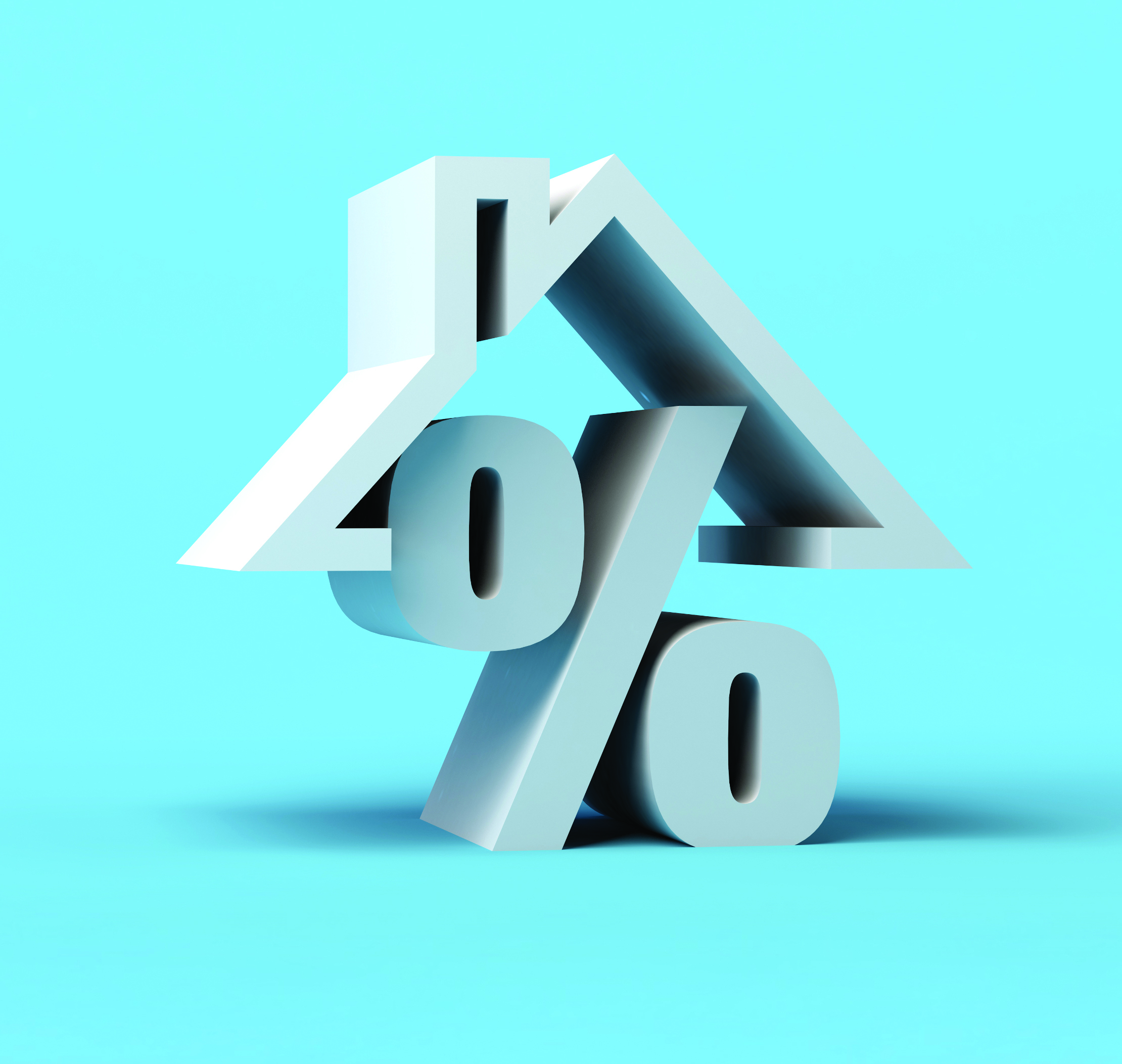
Stamp duty changes prompted a surge in transactions in the early part of this year, as buyers rushed to beat the tax-rise deadline, but property prices increased just 0.3% in April, the Halifax house price index reveals.
The data shows house prices went up by around £900 last month to £297,781 compared to £296,899 in March when prices decreased by 0.5%.
The annual rate of growth has reached the highest level so far this year at 3.2% from 2.9% in March.
House prices have remained stable over the last six months and have gone down by just £48. Halifax head of mortgages Amanda Bryden says the last six months have been “characterised by a stability in prices rarely seen since the pandemic”
Bryden explains: “While the market has cooled slightly since this rush, buyer activity remains strong in comparison to recent years.”
The data also shows that Northern Ireland, Wales and Scotland recorded the strongest annual growth in house prices in the UK, with all three nations outpacing English regions.
Northern Ireland continues to post the highest level of annual property price inflation. Prices increased by 8.1% in April to an average of £208,220.
House prices in Wales grew to 4.7% last month with the average house price now at £229,079, while Scotland saw property prices rise by 4.6% year-on-year in April, to an average of £214,011.
In England, the North West showed the strongest growth with an annual rise of 4.1%. The average property now costs an average of £240,975.
London continues to see more subdued annual house price growth of 1.3%. However the capital remains the most expensive market for properties in the UK, with an average price tag of £543,346.
The South West has the slowest rate of annual property price inflation at 0.9% with the average house price at £304,451.
Bryden states: “Mortgage rates have continued to fall, with most lenders now offering rates below 4%. Coupled with positive earnings growth that has outpaced broader inflation, these factors have helped to steadily improve affordability for many buyers.”
“Overall, the market continues to show resilience despite a subdued economic environment and risks from geopolitical developments. There is likely to be a bump-up in consumer price inflation as household bills increase, but with further base rate cuts also expected, we anticipate a similar trend of modest price growth this year.”
While the stamp duty concession is out of the way, OnTheMarket president Jason Tabb explains: “The housing market continues to shake off external economic concerns and demonstrate remarkable resilience.”
“Recent base rate cuts have significantly boosted confidence and activity. With the stamp duty savings now behind us, a further rate reduction from the Bank of England today would be particularly timely, providing much-needed stimulus for the market as the year progresses.”
Fine & Country managing director Jonathan Handford adds: “House prices ticked up in April, defying expectations of a slowdown after March’s stamp duty deadline frenzy and pointing to a market that’s proving more resilient than predicted.”
“First-time buyers still face challenges, especially with the tax relief threshold now down £125,000, but falling inflation is providing a more encouraging backdrop. CPI dipped to 2.6% in March and markets are pricing in a potential base rate cut from the Bank of England, currently at 4.5%, possibly today.”
MT Finance director Tomer Aboody says: “We are now seeing the fallout, with transactions and mortgage approvals falling, although prices are holding steady, as buyers and sellers wait to see whether the anticipated interest rate cut comes. If it does, in turn this will hopefully encourage banks to reduce their mortgage rates, allowing affordability to ease and encouraging market activity.”



